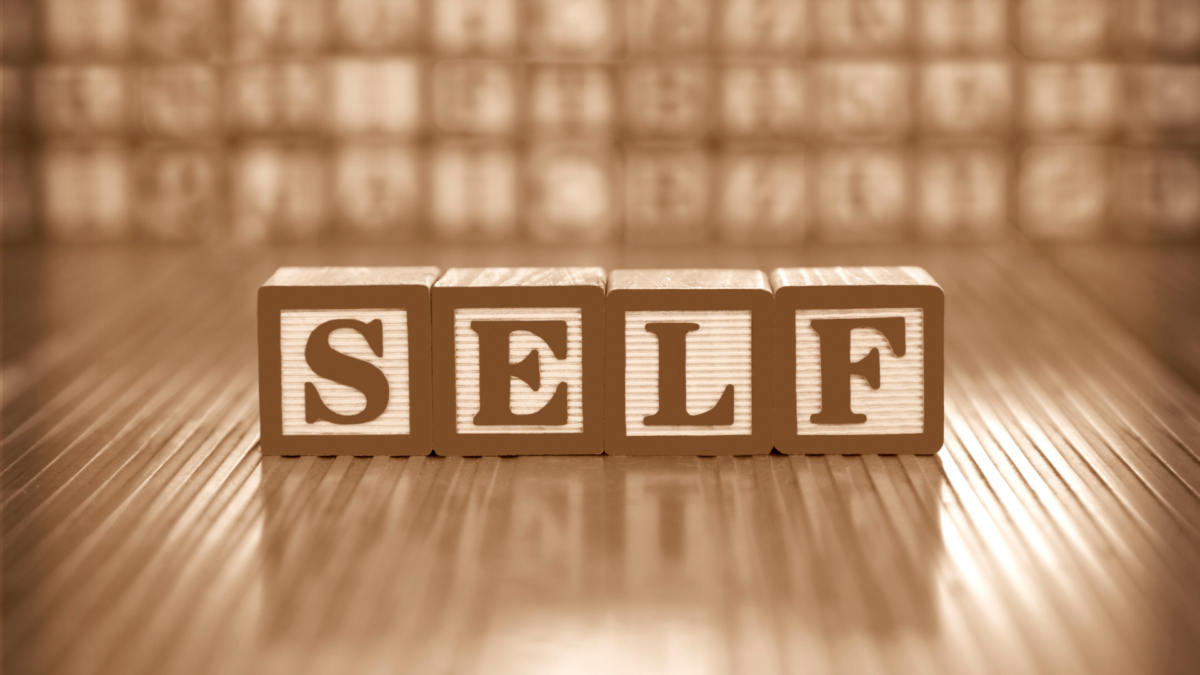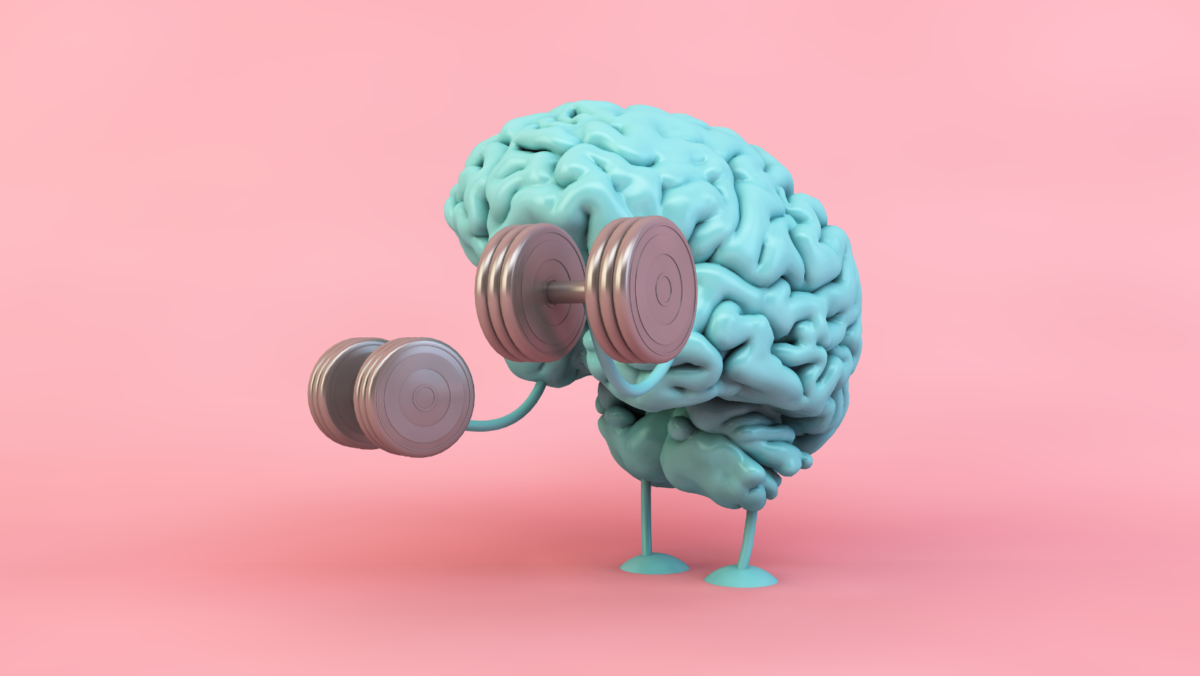The past year and a half has truly changed the landscape of modern working culture forever. What we have come to learn is that coming into the office is no longer necessary, as people can efficiently and effectively complete their work from home. Productivity increases with a new work-life balance that eliminates wasted time commuting and enabling more efficient self-organisation – these are both great drivers for higher quality performance. Many organisations have implemented hybrid working on account of this realisation.
Knowing that hybrid working is here to stay, it is important that we successfully navigate this unchartered territory. There is a salient need for leaders to deploy their soft skills rather than hard skills, as studies have shown they boost employee retention, engagement and job satisfaction (Zamolo, 2020). Here are three ways you can effectively manage a hybrid workforce by using your soft skills.
Communication
One of the biggest challenges to hybrid work is communication. Poor communication results in lack of productivity and inefficiency due to people not having the knowledge they need to carry out tasks. On account of the introduction to hybrid working, there will be a natural disconnect between those working from home and those who work in the office. Furthermore, those who work remotely may feel like they do not have the same resources at their disposal in comparison to their in-office counterparts.
How can we bridge this disconnect?
1) Make sure everyone is included and visible – The onus is on the manager to ensure that tasks are delegated evenly and appropriately between all staff, regardless of work location. It is also crucial to have regular check-ins with remote staff, as naturally you won’t have as much access to them as you would in-office staff.
2) Lead with Empathy – Actively listen to your team in check-ins, look out for signs that they may be struggling with their mental health and offer to support them in any way you can.
3) In ambiguous times that lack clarity, make sure you are being clear – say what you mean and mean what you say. Be concise with the message you are trying to convey.
Emotional Intelligence (EQ)
Emotional intelligence (EQ) is paramount when managing a hybrid workforce. One upside of the pandemic is that organisations have become more invested in the wellbeing of their staff. Developing your EQ will help you in understanding how yourself and your team are feeling.
There are a number of ways you can develop your EQ at work:
1) Collaborate and delegate
2) Do regular EQ assessments
3) Practice acceptance
4) Journal
5) Schedule time for learning
6) Explore your ‘Why’
Build Trust and Psychological Safety
Because team members are working in dissimilar situations, with differing levels of autonomy, ability to socialise and access to the team leader, it is imperative to ensure that all team members are treated equally and fairly, regardless of their work location.
Here are three ways we can build trust and psychological safety within the parameters of a hybrid work environment.
1) Level the playing field – It is important to make sure there is a sense of cohesion within the hybrid work environment and not an ‘us versus them’ mentality amongst the in-office and remote staff. Make sure an even distribution of time and resources are allocated to everyone regardless of work location.
2) Discover their preferred working styles – Find out what is working for your team and what is not. This is not solely about preferences for remote or in-office work. It can pertain to things like preferred level of autonomy, ways to communicate with you (email, phone, chat or video) to something as simple as what times of the day they are most effective and/or most creative, so you can schedule meetings and calls accordingly. Set up regular one-on-ones and check-ins around their schedule and preferences, rather than yours.
3) Discover new team rituals – To cultivate trust and psychological safety, team norms and rituals must be put in place. These can help to reinforce the team identity and cohesion, so that each team member feels included regardless of whether they work remotely or in-office. This may look like a zoom drinks or quiz, or an employee of the month award ceremony.
Key takeaways
1) Employees can work effectively from home – so hybrid working will be a permanent fixture for the foreseeable future
2) Soft skills are crucial when managing a team
3) Effectively communicate – inclusion and visibility of all employees, lead with empathy and be clear and concise
4) Work on your EQ by collaborating and delegating, taking regular EQ tests, journaling and scheduling time for learning
5) Build Psychological safety and trust by making sure all team members get equal opportunity regardless of location, discover your team’s preferred working styles and implement new team rituals





